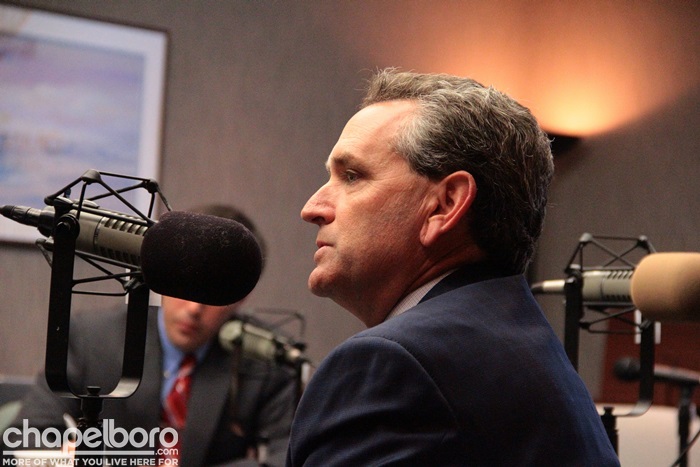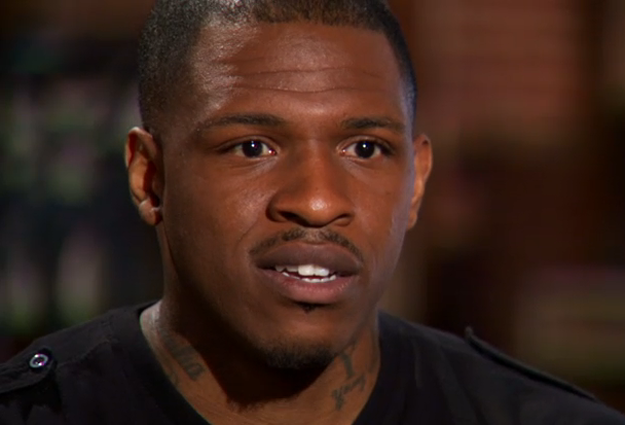Was the NCAA enforcement staff hiding critical information?
On page 18 of UNC’s 73-page response to the amended Notice of Allegations is an interesting anecdote and accompanying footnote.
On March 5, 2013, the managing director of the Academic and Members Affairs (AMA) within the NCAA responded to its own enforcement staff after reading the Martin Report submitted by the university, “There are always concerns with aberrant classes comprised of a significant number of student-athletes in comparison with non-athletes; however, there is nothing definitive in the report [provided by the University] that would validate that there was a systematic effort within the African and African American Studies department motivated by the desire to assist student-athletes with maintaining their eligibility, either in how the courses were created, taught and/or how the grades awarded.”
The AMA’s conclusion confirmed that the NCAA itself had concluded that the anomalous courses and the other academic irregularities in the AFAM department did not violate NCAA rules.
Yet in the 8th footnote submitted by UNC, it was revealed that the above determination was discovered purely by happenstance on July 15, 2015, more than two years later. Despite the fact that the enforcement staff had previously agreed UNC’s outside counsel could access all materials relevant to the investigation via a secure website, this information was not included, contrary to the requirements of NCAA Bylaw 19.5.9. They were discovered by the university only because its representatives traveled to the national office to review the physical files personally.
After Miami got off with light penalties in alleged violations far more egregious than the charges against UNC, it was discovered that the overzealous NCAA enforcement staff had obtained evidence against its own procedures and perhaps illegally in the view of a court of law. A similar violation of the NCAA’s own bylaws may have occurred here when the AMA conclusion was NOT turned over to the UNC lawyers.
That is what Carolina has spent millions of dollars investigating and fighting, not necessarily the violations it may or may not have committed, but what the NCAA actually concluded and then buried.
Podcast: Play in new window | Download
Subscribe: RSS







Comments on Chapelboro are moderated according to our Community Guidelines